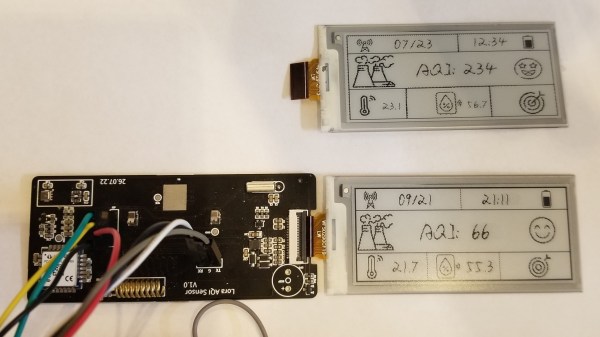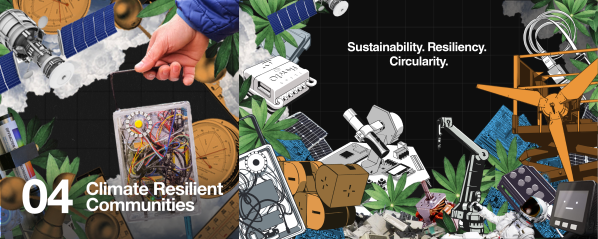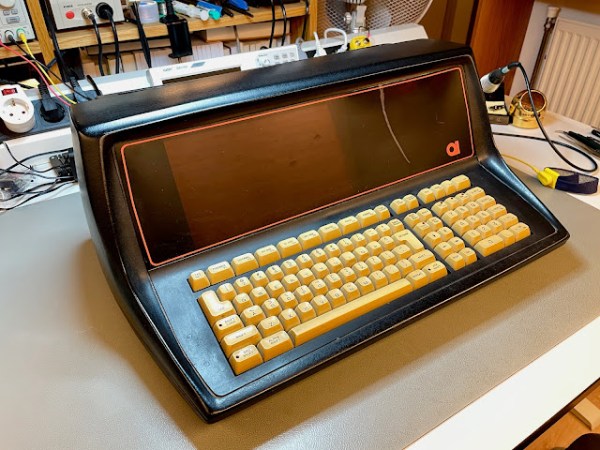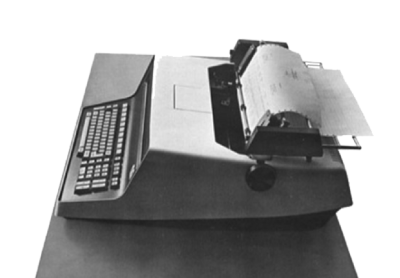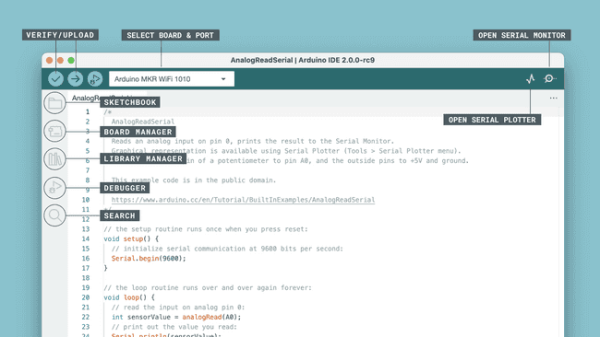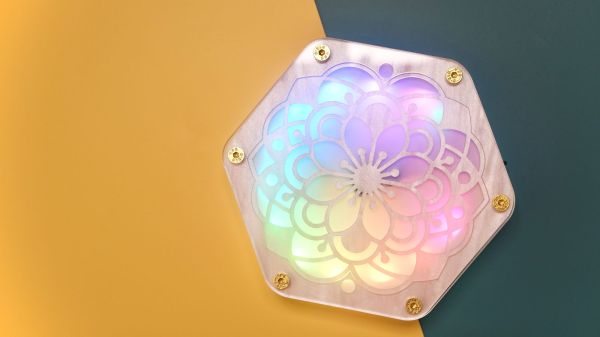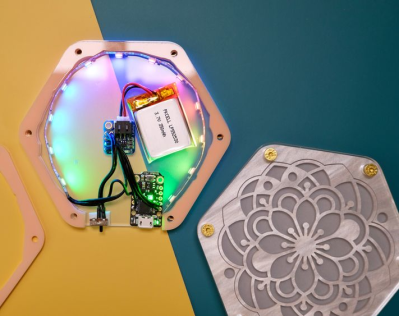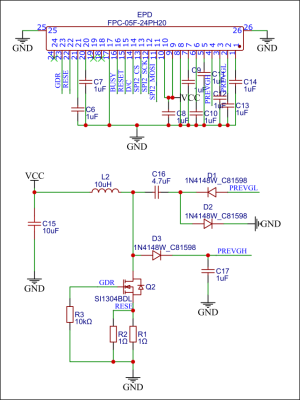
[Aduecho] had seen those cheap eBay deals of e-paper-based pricing tags, and was wondering if they could be hacked to perform some other tasks. After splitting the case open, the controller chip was discovered to be a SEM9110, with some NFC hardware support but little else. [aduecho] was hoping to build some IoT-connected air quality indicator (AQI) units but the lack of a datasheet for SEM9110 plus no sensors in place meant the only real course of action was to junk the PCB and just keep the E-paper display and the batteries. These units appeared to be ‘new old’ stock, so there was a good chance that both would be fresh and ripe for picking.
The PCB [aduecho] came up with is mechanically the same as the original unit, but now sports a Seeed studio Wio-E5 LoRa module, which uses the STM32WLE5 from ST for the heavy lifting. This has what looks like a Semtech SX126x integrated on-die (we can’t think of a sane way an actual SX126x die could be flip-chip mounted, but you never know). Using this module is a snap, needing only very minimal antenna-matching components and a spot of decoupling to function. On the sensing side of things, a Bosch BME680 gas sensor handling the AQI measurements, and a Bosch BMI270 6-axis IMU, provides a gyro and accelerometer, for all those planned user interaction features. As can be seen from the schematic, interfacing the EPD is pretty straightforward, just a handful of parts are needed to generate the necessary bipolar gate voltages via a simple SMPS circuit. The display controller handles it all internally, programmed via an SPI interface.
One area we’re quite fond of in this project are the neat hand-drawn icons, and variable width font, giving the display a kind of note-like quality when drawn on the low-ish contrast e-paper display.
Air quality measurement projects grace these pages from time to time, like this hacked Ikea Vindriktning, and this very similar Wio-E5-based project we covered last month.

